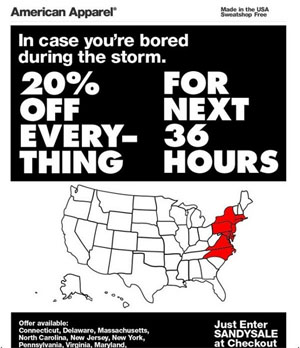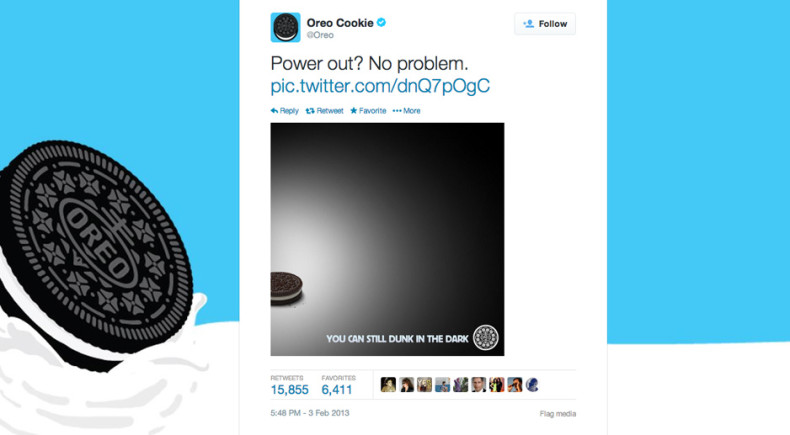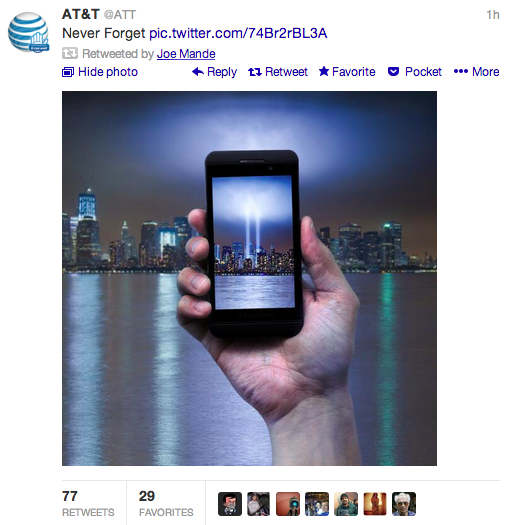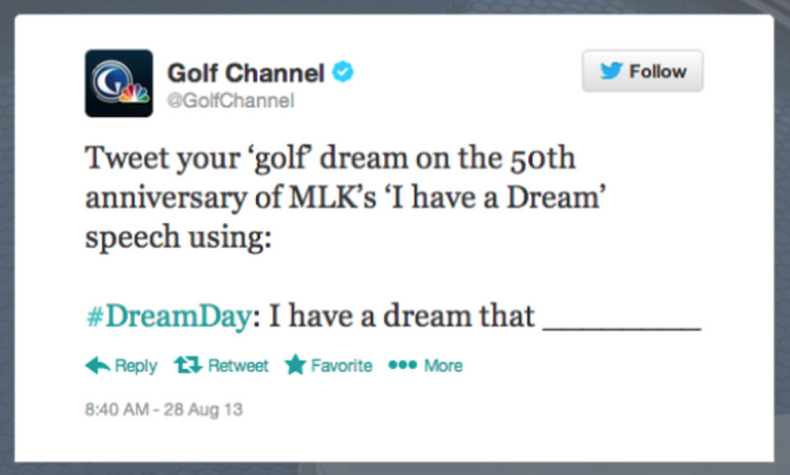Best Branded Content - Newsjacking Examples
Posted in Insights
In light of Facebook’s recent “outages”, and in honor of the seemingly lengthier and over-publicized election season, this month’s Best Branded Content is shifting gears. This time, rather than looking at a single brand content success story, we’ll look at how a single strategy can play out in many ways. We’ll look at a growing strategy that can work wonders if executed well, but it won’t protect you if you go into it without careful thought.
Newsjacking: Topical Meets Tactical
Newsjacking is a term used to describe when a brand injects itself into the day’s news, but twists it in the process to serve the brand’s own purpose. Sure, the average Joe can do the same, and PR pros have for years, but with the increased opportunity for instant connection to consumers, brands are succumbing to the chance of steering their markets right where they want them.
To do it right, though, there are a few rules. It’s easy to just join the party, but it takes thought to add to it. See some recent lackluster attempts from brands after the latest Facebook crash.
1. Choose Your Moment
The world is primed for opportunities to inject an opinion or attempt at humor. But that doesn’t mean every moment is right for you, or of any real importance to your brand.
Try to force it, try to make your brand fit into the conversation, and you’ll look even more detached. Push people to associate your brand one way, and they’ll inherently think the other. Consumers don’t like to be told what to think of you; they like to draw their own conclusions. But that doesn’t mean your moment can’t help guide them to the right one.
Oreo is perhaps known as first for the modern take on an age-old trend, during the 2013 Super Bowl blackout. The moment worked because everyone was already talking, and Oreo took the conversation and re-focused it, right on those little cookies.
It’s great because it seems effortless; Oreo didn’t really “try.” It felt spontaneous. And most of all, it felt fun, which is exactly the image Oreo sells.
2. Know Your Brand Image
Not every moment is for you, and that’s because your brand has an image—one that shouldn’t be malleable to every viral story. Injecting your brand into the conversation, especially one you really weren’t invited to, can damage your reputation, your judgment, and your consumers’ trust.
Not much needs to be said about the above tweets, other than they’re stellar examples of what happens when a brand puts a sell before a thought in a transparent attempt to borrow interest from an event, an idea, or a topic they were never a part of, literally or figuratively.
Know who you are before you do something that’ll probably compromise it.
3. Be Topical. Be Clever. Be Relevant.
Finally, when you’ve found your moment and know your brand well enough to fit into said moment, make sure it hasn’t passed. If you’re going to piggyback on the news, your reputation will come into question, good or bad. Your image will be the focus of everyone’s attention (they’re all talking about the same thing, and it now includes you), so be sure you’re on time, thoughtful, and have a point.
Don’t jump in just to join; know your purpose. Maybe it’s just for fun, but make sure that’s how people already see your brand, or how you want them to.

On both spectrums, we have a brand that’s always strayed toward the edge, joining an opinionated conversation and placing itself firmly on one side. It’s simple, timely, and great branded content.

Then we have a brand that’s capitalizing on a moment rather than embracing it, forcing themselves between a rock and a national disaster. Is it topical? Sure. But it’s more insensitive than it is clever, and more unrelated than it is relevant.
Ultimately, Newsjacking allows conclusions to be individually drawn, upping the thrill of success and hardening the rough rock bottom of failure. So a brand has to make a thoughtful decision whether it participates, and, more importantly, how. Because that Tweet or Facebook post may get buried in a matter of hours, but people always tend to remember the greats and the great big bombs.


